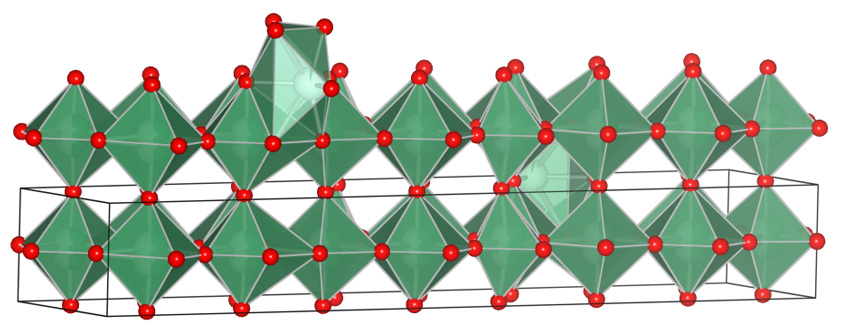
The Best of Both Worlds
Researchers create materials that can store lots of energy and deliver it quickly.

Researchers create materials that can store lots of energy and deliver it quickly.
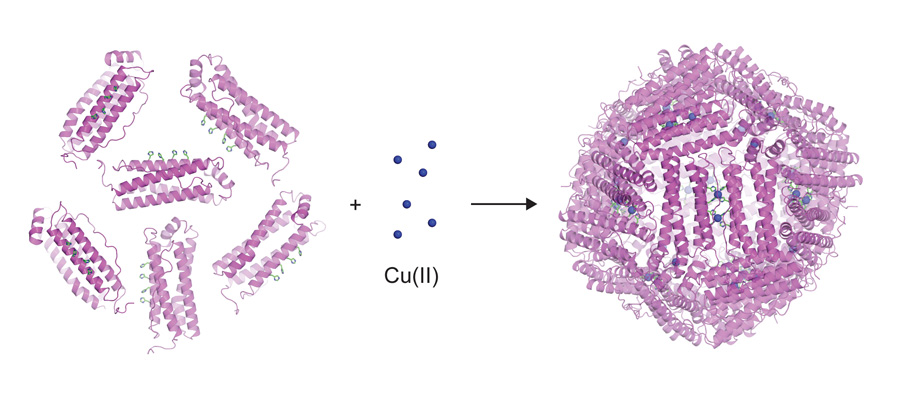
Designing protein assemblies whose interactions can be manipulated to respond to a single environmental cue.
![nrel-gaasn-large.jpg [Left] Next generation multijunction solar cell with a dilute nitride middle junction (red) [Right] A transition from delocalized to localized electron trapping is directly observed in the photoluminescence (PL) spectra as the magnetic field is increased up to 57 Tesla.](/-/media/bes/images/highlights/2013/03/nrel-gaasn-large.jpg?h=493&w=599&la=en&hash=BE09F90BA81184CBD7A5EF1F89948D1E3F93F079CE2047D4BFC8BE0833E7899D)
High magnetic fields reveal the existence of nitrogen superclusters.

Tropical atmospheric data used to test climate model accuracy.
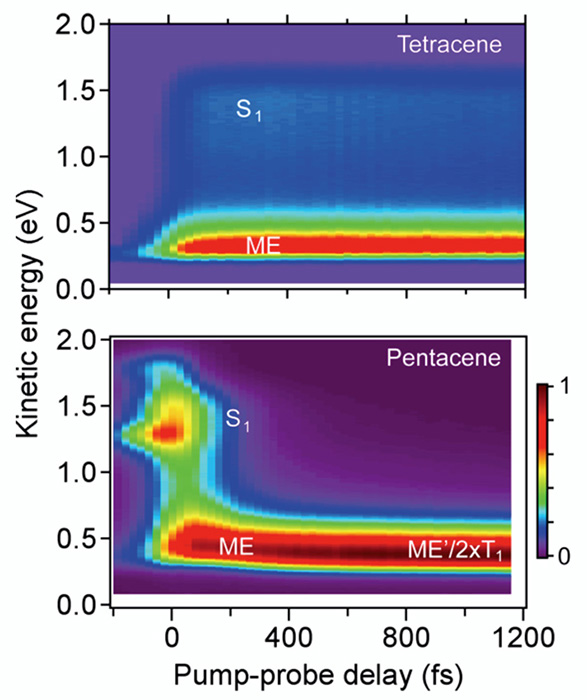
First observation of key intermediate state in the conversion of one photon to two electrons.
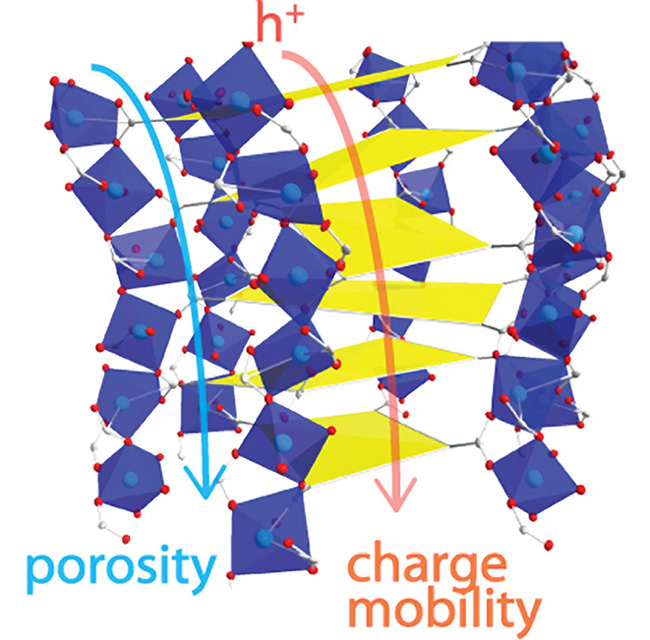
New porous, electrically conductive materials have potential uses in fuel cells, batteries, and solar photovoltaics.
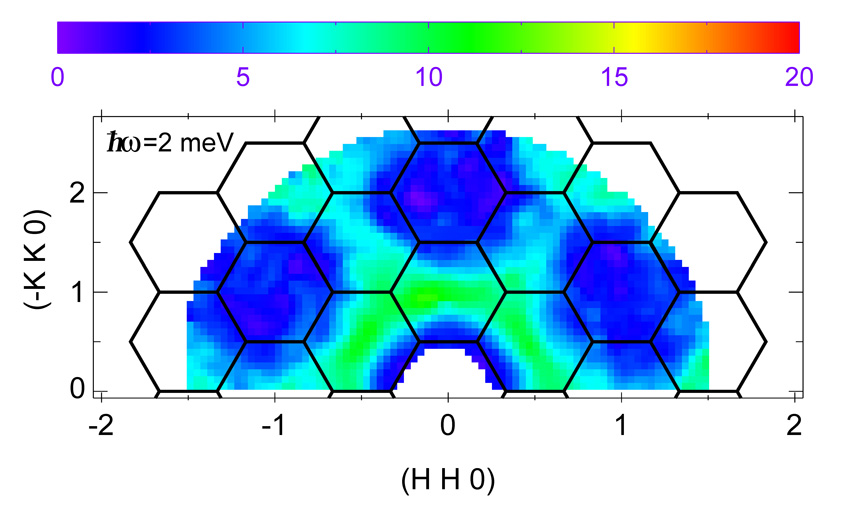
This observation paves the way for a deeper understanding of high-temperature superconductivity and future applications for quantum computing.
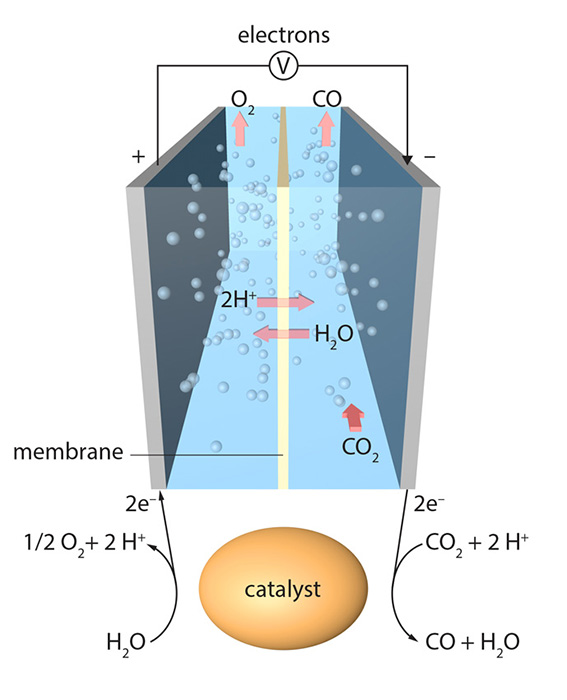
A simple, robust catalyst is capable of both water oxidation and carbon dioxide splitting, two difficult yet key reactions for solar energy conversion.
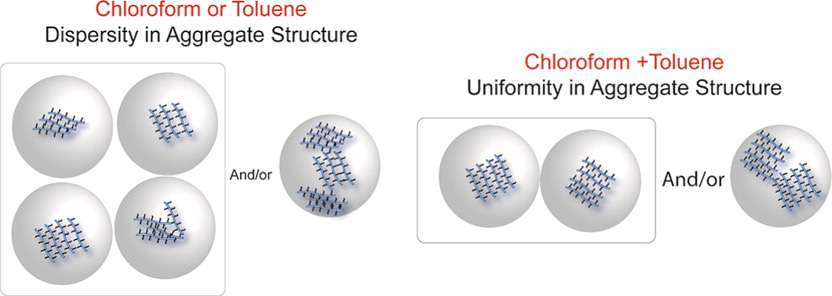
Discovering how polymer organization on the molecular level affects electric charge movement in organic solar cells.
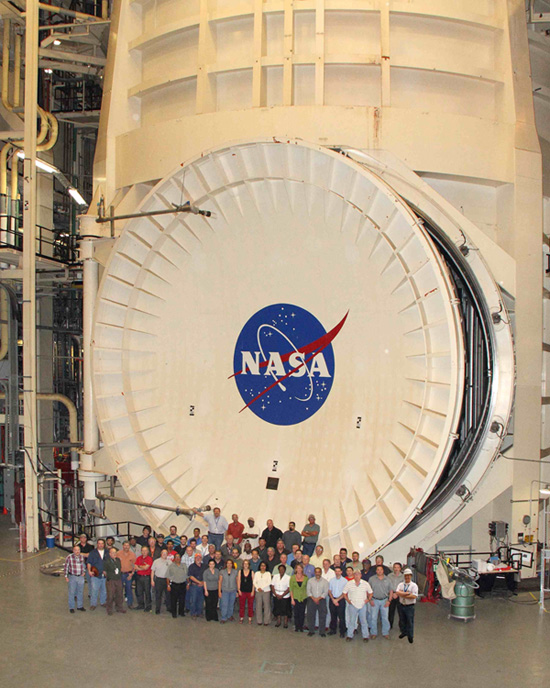
Thomas Jefferson Laboratory lends expertise in cryogenics developments.
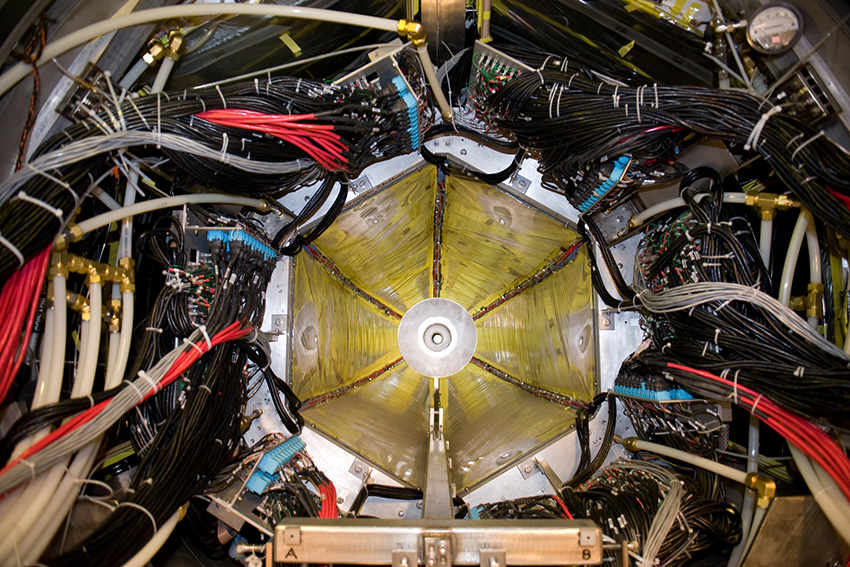
Discovery could provide a deeper understanding of the dynamics of the three quarks enslaved inside the nucleon.
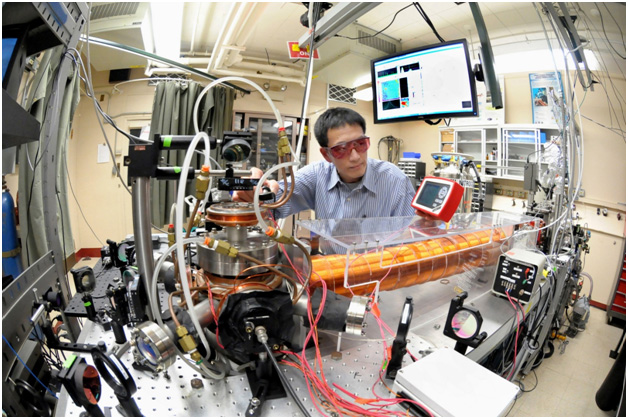
Precision analytical techniques developed for fundamental experiments in nuclear physics now enable routine measurements of ultra-low concentrations of Krypton radioisotopes in samples of water, ice, and gas.